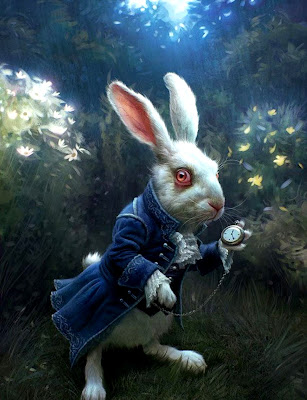After the Collapse of Modernity

Alice: How long is forever? White Rabbit: Sometimes, just one second. - Lewis Carroll Modernity: A historical category marked by the questioning or rejection of tradition; the prioritization of individualism, freedom and formal equality; faith in inevitable social, scientific and technological progress, rationalization and professionalization; a movement from feudalism (or agrarianism) toward capitalism and the market economy, industrialization, urbanization and secularization; the development of the nation-state, representative democracy, public education, etc. - From Wikipedia based on Michel Foucault 1977 This is a detailed continuation of my recent lyrical essay, “The Fatal Myth of Human Progress.” It covers the connections between U.S. politics and environmental protection in the late 20 th Century. It also discusses what actions and supporting stories Humankind must come up with as we near ecological and economic collapse. Losing Earth: The De...